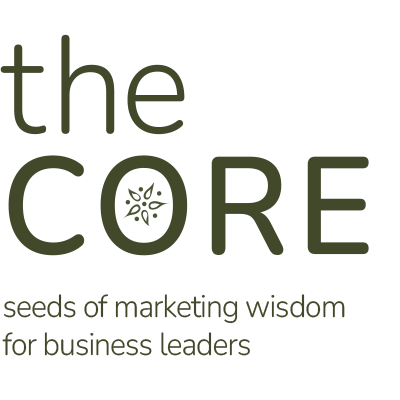Corporate culture has arguably always been important. But as many business leaders are beginning to recognize, it is actually becoming more important as the modern workplace continues to evolve.
- 88% of employees believe a distinct workplace culture is important to business success. (Source: Deloitte).
- Employees’ overall ratings of their company’s qualities are 20% higher at companies with strong cultures. (Source: CultureIQ).
- 90% of employees at winning company cultures are confident in their company’s leadership team. (Source: CultureIQ)
And while culture has become an increasingly important factor for employees, it is also on the top of mind for business leaders as well.
- Companies with strong cultures saw a 4x increase in revenue growth. (Source: Forbes)
- Being named a Best Place to Work is associated with a .75% stock jump. (Source: Glassdoor)
- 82% of business leaders believe that culture is a potential competitive advantage. (Source: Deloitte)
Everyone in your organization makes hundreds of decisions that affect the business every day. Culture determines the quality of those decisions.
So, what does this have to do with marketing?
3 Ways Marketing Can Enhance Your Company Culture
While marketing might not be responsible for many of the factors that impact culture — it can have a direct impact on creating certain aspects and taking your current culture to the next level.
Because of the unique place it sits within your organization, here are three ways marketing can enhance your company culture:
- Supporting and re-casting vision. Leadership is responsible for casting the vision, but it’s not something that should happen once. Companies with positive cultures are constantly reminding employees of the vision employees are working together to achieve. Marketing can support this effort by using your expertise to help identify which messages will stick with your audience, your employees, and developing creative ways of keeping that vision in front of employees.
- Learning and development: Continual learning and personal development are two big factors in employee satisfaction. Because marketing is often at the forefront of changes in the industry or updates to a product, you can play a valuable role in keeping employees educated on the latest trends worth noting.
- Connection and collaboration: Marketing can help people stay connected — especially as more and more employees start working remotely. Whether it’s something incredibly simple like managing an internal employee Facebook group to share updates or putting together a more formal employee engagement plan, your marketing team can lead out in enhancing communication and collaboration between employees.




